

Mirrorless cameras have been with us for more than a decade. From the start, they’ve offered a more lightweight and compact alternative to the traditional digital SLR – or DSLR – because of the omission of the latter’s traditional mirror mechanism. The appeal of mirrorless models – originally also referred to as compact system cameras or CSC’s – is essentially that photographers get the manual features, functionality and performance of a DSLR, but without the bulk and, potentially, backache.
Panasonic, which didn’t have its own DSLR line up and so wasn’t in danger of cannibalising existing sales, was early to introduce the format, and, initially, at least, the photo stalwarts including Canon and Nikon which had invested heavily in making the best DSLRs for years, were reluctant to join the mirrorless revolution.
So it’s only really in the past three to five years that market leader Canon and arch-rival Nikon, in danger of being outclassed and overtaken by another electronics manufacturer – Sony with its successful A7 mirrorless series – have seriously started to fight back with their own EOS R and Nikon Z mirrorless families, respectively, earning top marks in out best mirrorless camera guide.
It’s worth considering the above background, before posing the question as to whether you should buy a DSLR in 2022, because we’re all aware that most market innovation in recent years has centred around mirrorless cameras. As a result, it’s fair to say that new DSLR releases have been a lot thinner on the ground – and sales flatter – than they once were. However, they’re not over. Canon and Nikon have been keen to point out that they are still dedicated to their DSLR ranges, and haven’t abandoned either them or their customers, just yet.
With that in mind let’s examine a few key features of digital SLRs to help you decide if buying one in 2022 is the right decision for you.
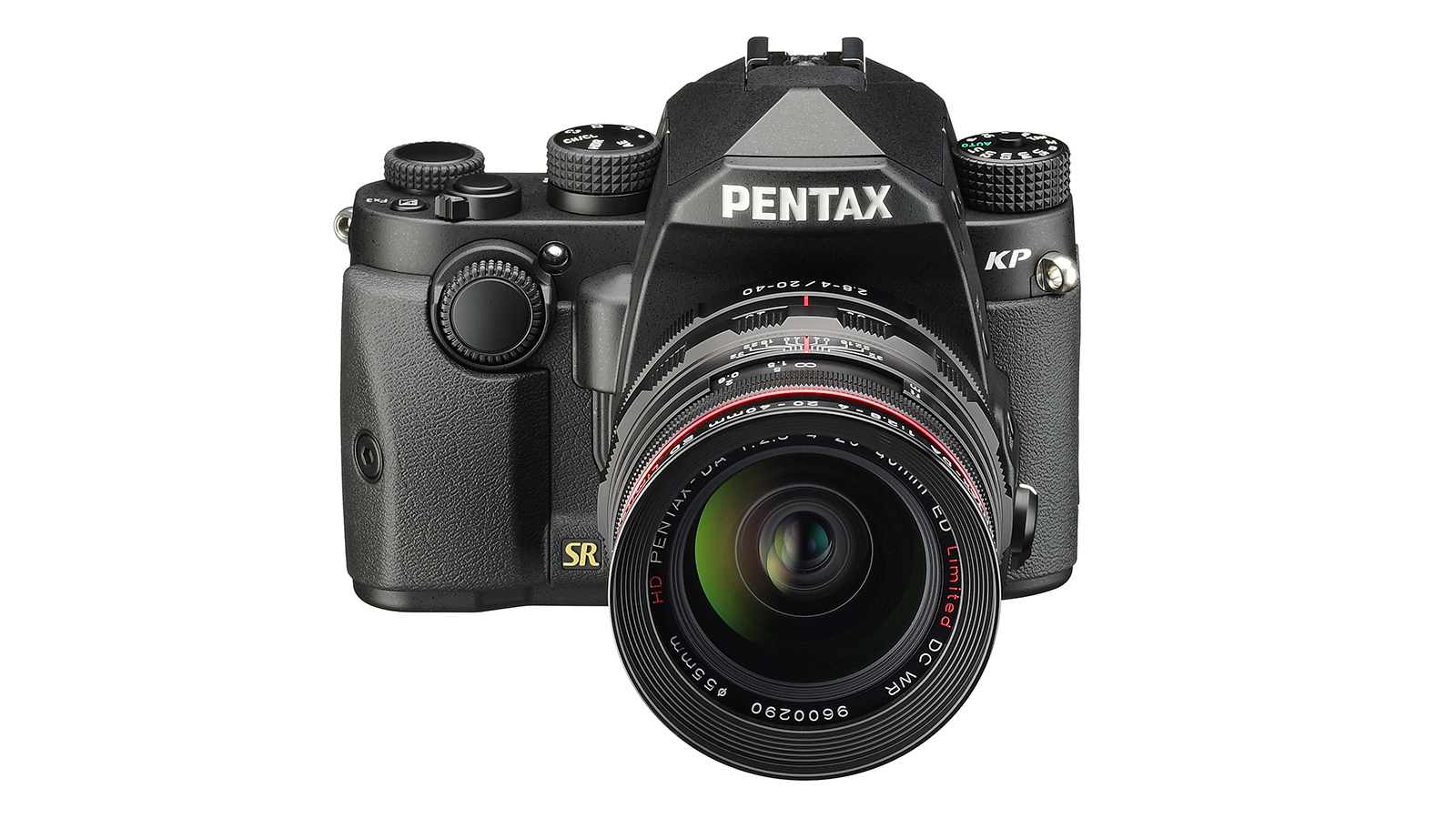
1. Digital SLRs have a much larger range of compatible accessories than mirrorless cameras
Digital SLRs were originally devised to build on existing 35mm film SLRs, outwardly utilising their bodies and already established lens systems. This meant that from the get-go, hobbyist photographers had kit that would work with the new digital innovations. As photographers wouldn’t have to invest from scratch inexpensive new lenses, it was easy to see the appeal of DSLRs as being a fairly painless swap over from their film equivalents.
The other huge appeal was – and still is – obviously the fact that images could be instantly reviewed on larger in-camera LCD screens and shared via computers and the Internet, without the need to have them processed and developed first.
Sign up to the T3 newsletter for smarter living straight to your inbox
Get all the latest news, reviews, deals and buying guides on gorgeous tech, home and active products from the T3 experts
Though mirrorless cameras have been catching up fast in terms of the directly compatible lenses and accessories available – at the same times as photo manufacturers and third parties have introduced lens adapters that not only allow older ‘glass’ from the same manufacturer to be used on the newer system, but lenses from competing manufacturers too – it’s fair to say that DSLRs are still ahead in terms of the sheer amount of creative accessory options available.
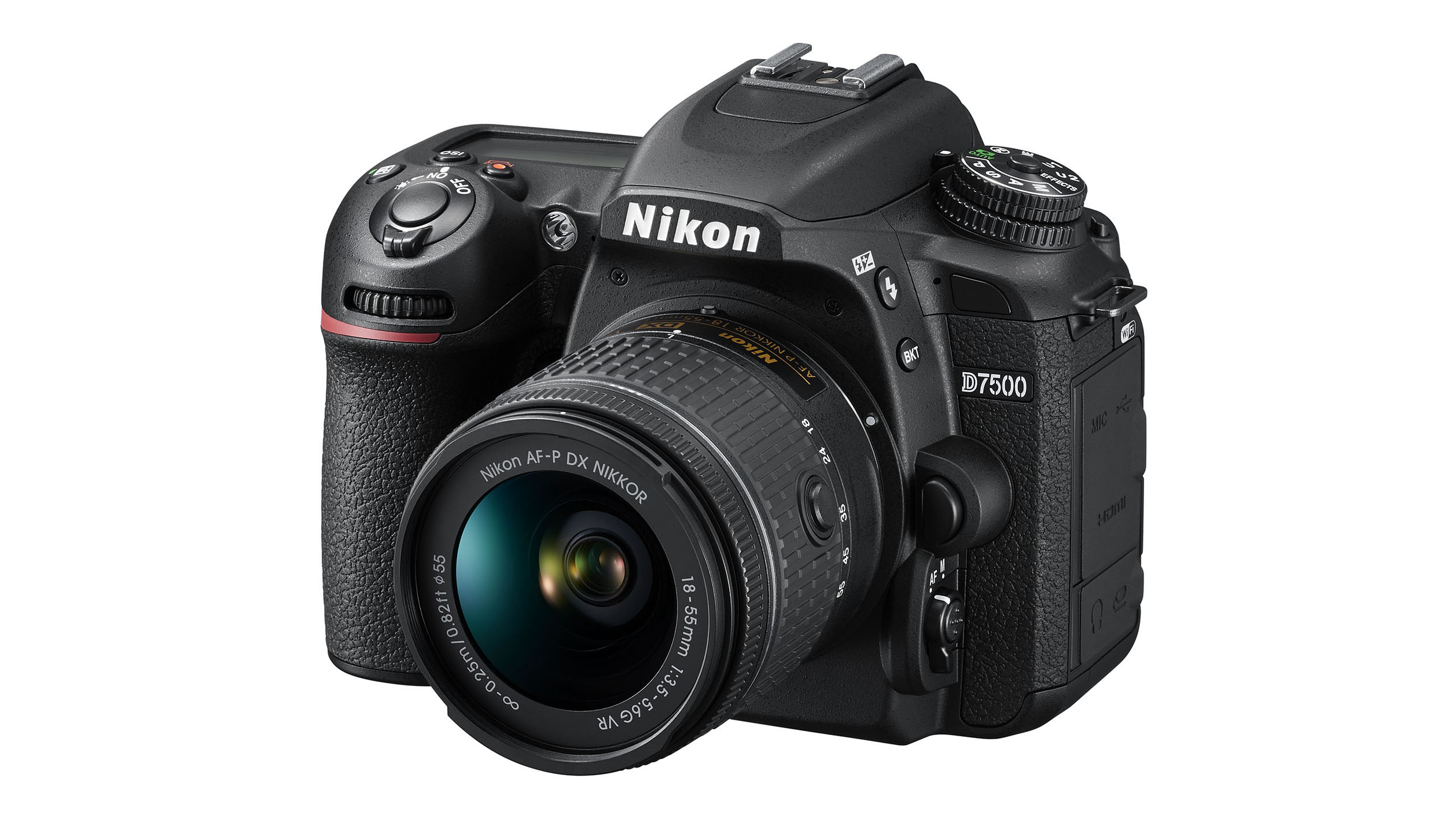
2. Big sensors & larger lenses mean digital SLRs offer image better quality than mirrorless models
This is a more contentious statement now than it once was in the early days of mirrorless cameras, as their lens, autofocus and sensor technology has been greatly refined and improved. Today, most professionals, and certainly their clients, would be hard-pressed to tell much difference between the output from a top of the range DSLR, with a physically large sensor and physically large lens – in theory offering better resolving power – and a flagship mirrorless camera with perhaps a similar-sized sensor, plus a physically smaller lens attached to it.
However, it could be argued that those on a budget who aren’t aiming for the very best there is, will typically find a better specified older DSLR for a similar amount of cash than they’d find a newer mirrorless equivalent. Add in the fact that there are a wealth of older and second-hand lenses of good value yet excellent quality available for digital SLRs, and that could indeed potentially mean better image quality for less.
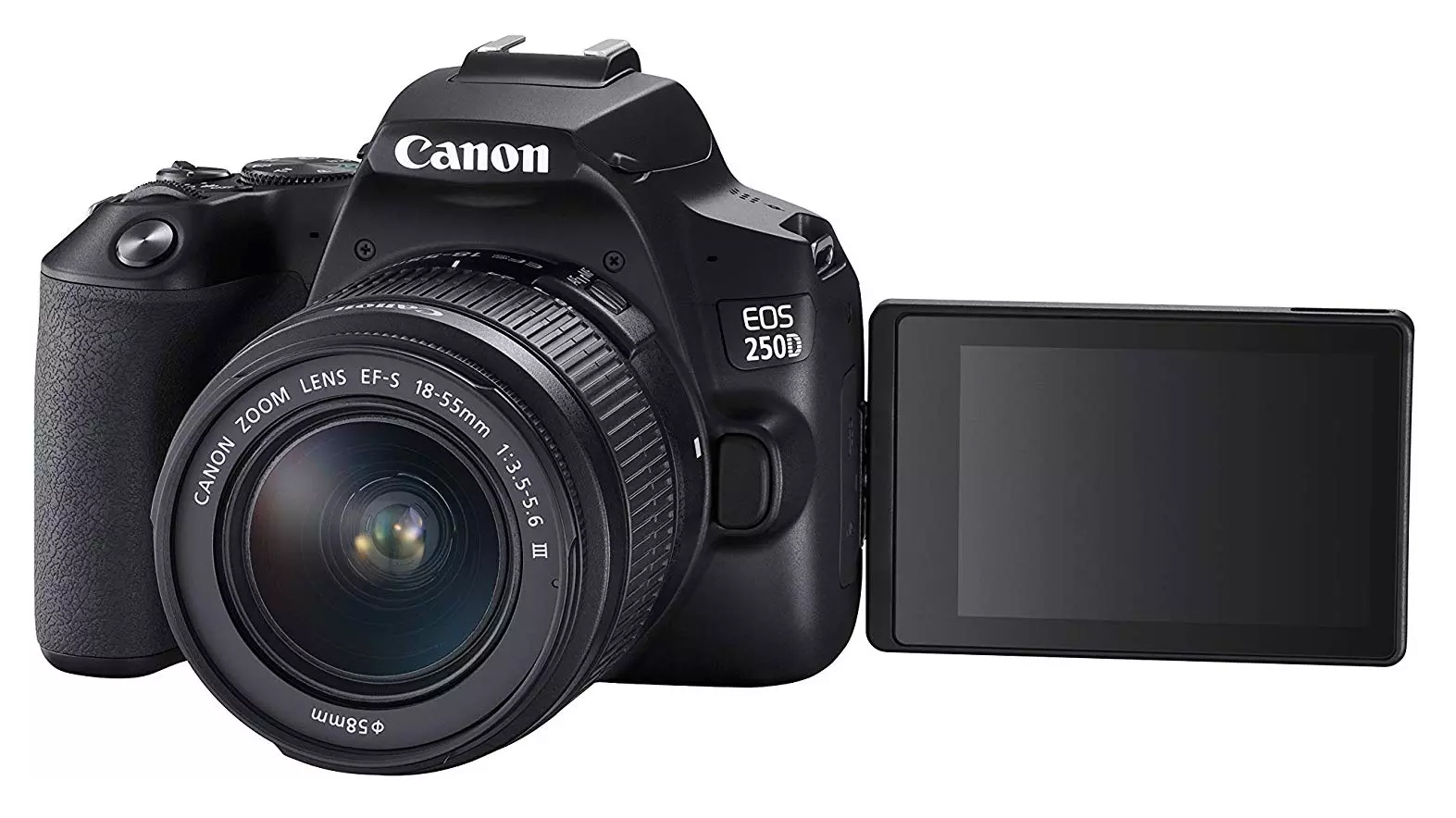
3. DSLRs offer a better battery life
Even DSLRs under £500/$500 will offer a physically larger battery than their mirrorless equivalents at the same price point, meaning more juice and more pictures or video from a full charge. For example, the average battery performance from a consumer digital SLR maybe around 900 or 1,000 pictures. By contrast, a mirrorless camera, with a smaller battery to match its physically smaller setup, currently averages around 300 shots before it’ll need to be recharged.
This is partly why professionals have stuck with DSLRs, though again power duration for mirrorless models is improving; more recent high-end examples have come with battery grips, optional or otherwise, that provide space for up to three batteries and so three times the power.
Some may however argue that adding such bulk to a mirrorless camera to make performance closer to that of a DSLR defeats the former’s reason for being – namely high-end mirrorless models are barely any smaller or lighter than a DSLR once you’ve added such extras. While a DSLR may on average be bulkier and a bit heavier than its mirrorless equivalent to start with, photographers have the peace of mind that they’ll get many, many more shots out of DSLR straight out of the box before they start to get a low battery warning.
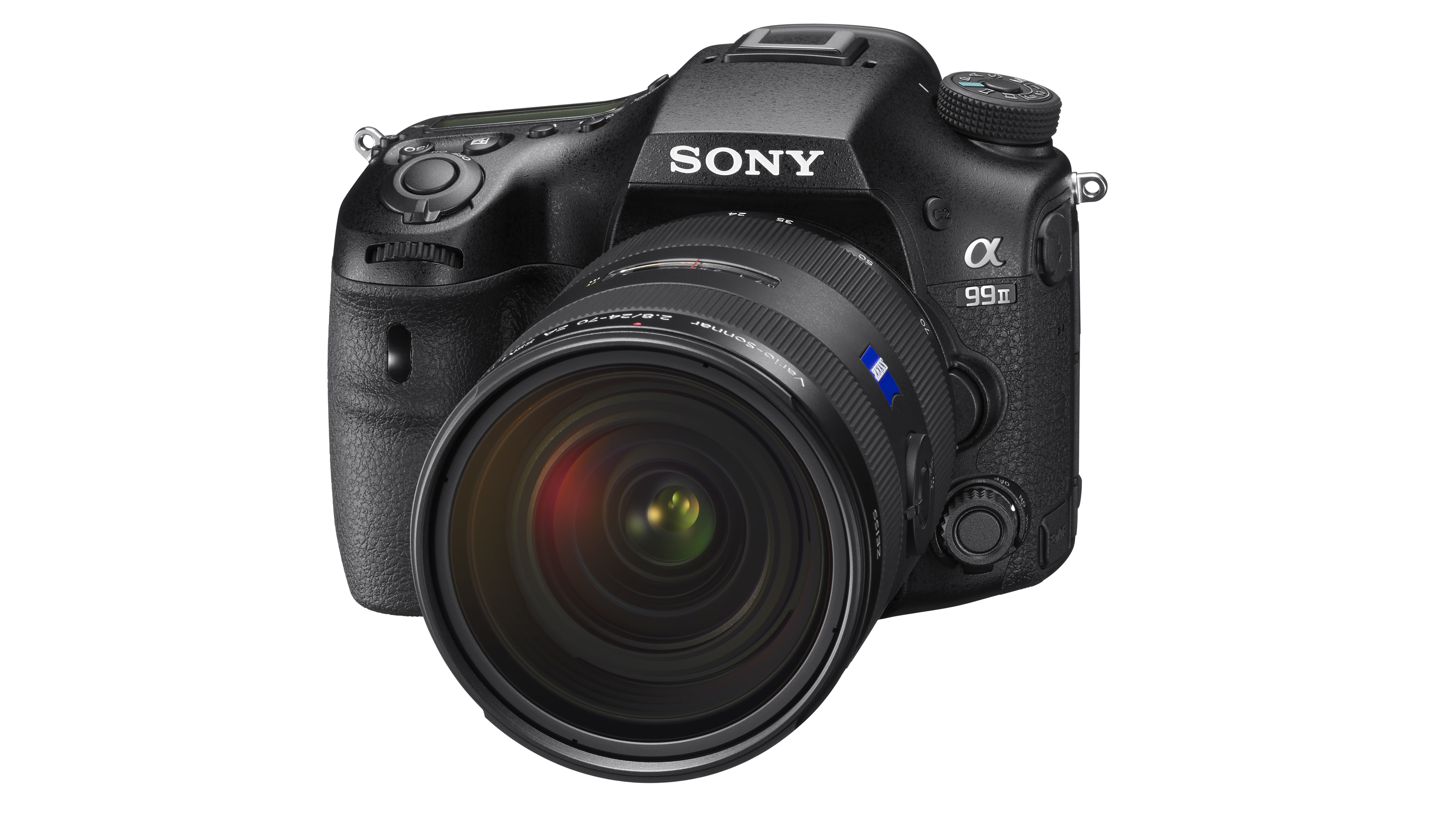
4. Digital SLRs are physically bigger than mirrorless models
It’s always worth getting hands-on with a camera before you buy it – especially if the cost invariably runs into the hundreds. While miniaturisation of existing technology always seems to be the goal, and smaller is always better in the eyes of some, there will still be those who actually prefer the larger bodies and lenses of DSLRs than their at times more fiddly mirrorless equivalents.
Chunky controls and thick dials that require a thumb spin or finger press on a DSLR may be preferable to the same feature requiring access via a precise prod of a pin-head sized button on a mirrorless camera. Users may also prefer the more traditional optical viewfinder of a DSLR, rather than the electrical equivalent on a mirrorless camera, though again, thanks to the extremely high resolution of most electrical viewfinders today, most photographers would be hard-pressed to tell the difference.
The flip side is, of course, that the perceived bulk of DSLRs is probably the number one reason why photographers shy away from them. So, if you do want a camera on which you can swap out the lens in use to best suit subject matter and conditions, rather than just relying on the auto-everything nature of a smartphone, it’s worth literally weighing up a DSLR and the nearest mirrorless equivalent to see what feels best to you.
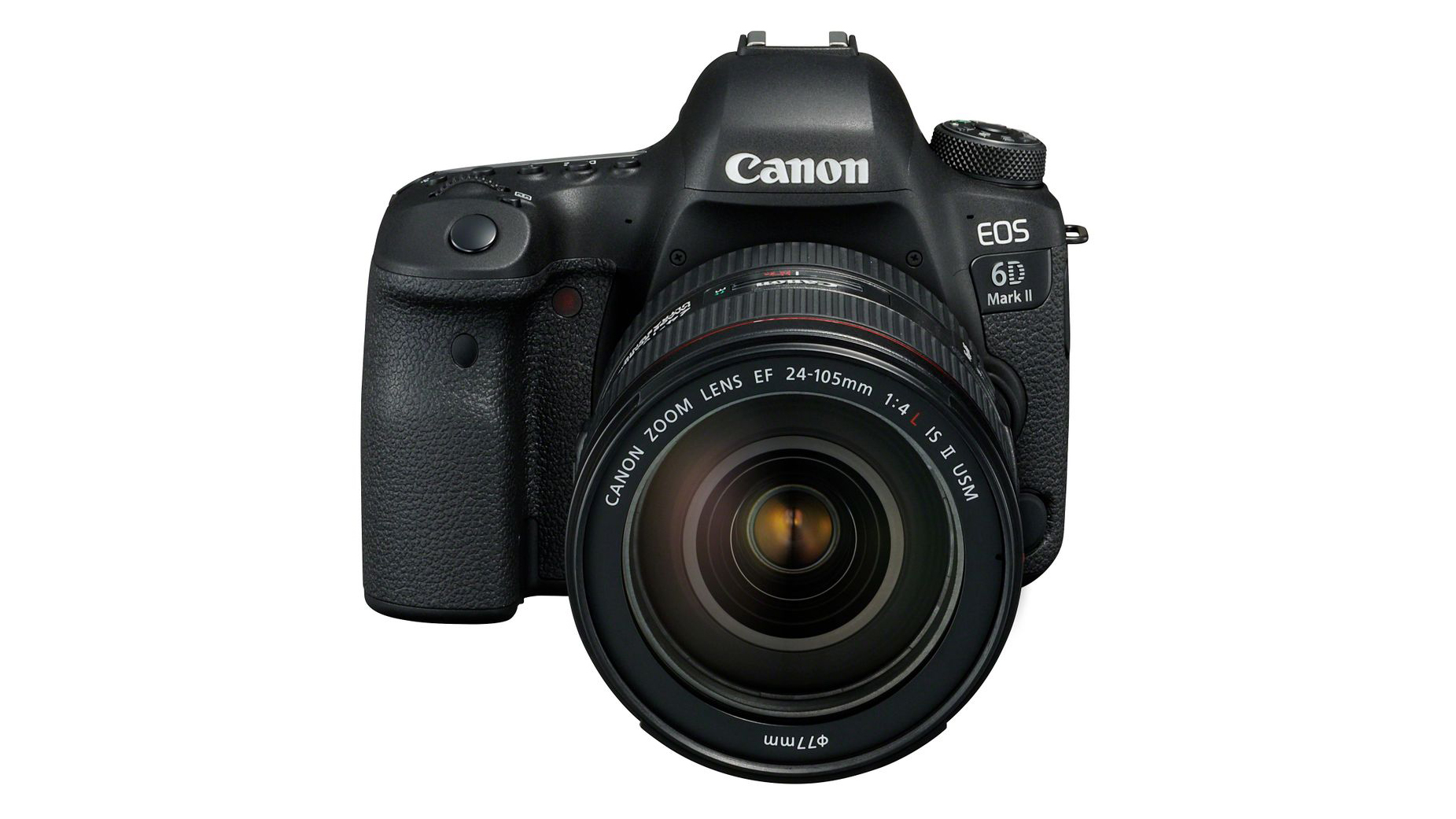
5. DSLRs are recommended for any student learning the basics and rules of photography
Though initially the volume of controls and degree of user customisation that a DSLR offers may be daunting to the uninitiated, they offer a fantastic tool on which to learn the basics of photography. The larger, more accessible, clearly labelled controls and expansive menu systems provide a swift education in how manually altering controls and settings has a direct effect on the resulting image. Plus, unlike on a film SLR, you can view the results on a digital SLR instantly and also make adjustments instantly, as needed.
Plus, as mentioned earlier, as there is a wealth of existing lenses and accessories going back decades, with a DSLR it’s easier to find the creative option what you want – and typically for a cheaper price – than the mirrorless camera equivalent.
Verdict: Should you buy a DSLR in 2022?
In short, though DSLRs are longer in the tooth than mirrorless system cameras, they still have much to recommend them. If the broadly true perception that a digital SLR is a bulkier and heavier option for the photographer doesn’t dissuade you – or indeed you see it as an advantage – you’ll typically find a DSLR at a better price and with a higher level of specification than their mirrorless equivalent, at consumer level at least. All this being said, it’s worth reiterating that even an expert would find it hard to tell the difference in terms of image quality, and you’ll want to handle both before making a personal decision.
Liked this?
Gavin Stoker has been writing about photography and technology for the past 20 years. He currently edits the trade magazine British Photographic Industry News - BPI News for short - which is a member of TIPA, the international Technical Imaging Press Association.
-
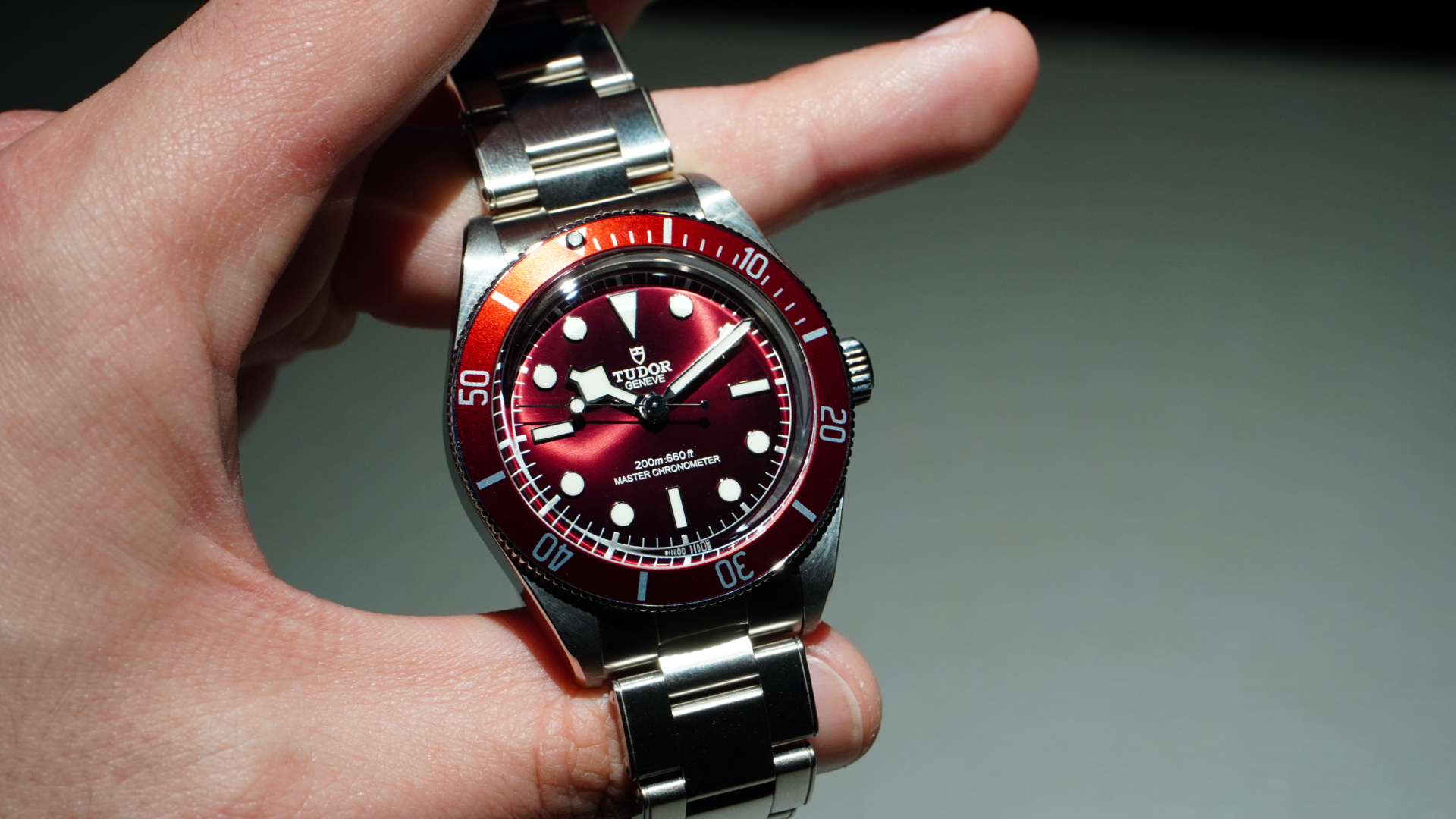 I tested every new Tudor at Watches and Wonders – my favourite caught me by surprise
I tested every new Tudor at Watches and Wonders – my favourite caught me by surpriseThe Rolex sister brand had a lot to offer
By Sam Cross Published
-
 Warning: Ciele’s refreshed Elite Collection may cause excessive garment envy on race day
Warning: Ciele’s refreshed Elite Collection may cause excessive garment envy on race dayFlex on your run crew with Ciele’s latest drop
By Matt Kollat Published